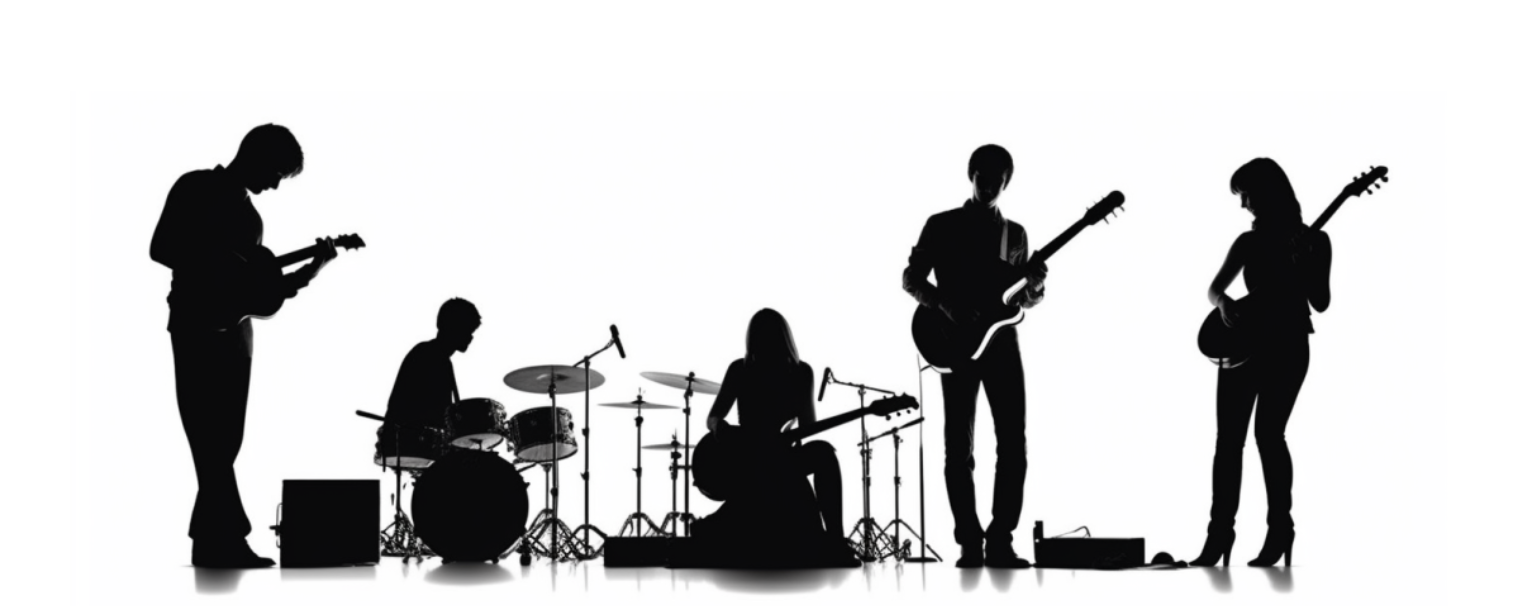Can Covers Be Posted on YouTube Without an Exclusive License?
Posted: Nov 7, 2023
Category: Marketing
youtube cs discos cover songs copyright video marketing ebook
**Guest post originally featured in CS Discos' free e-book Cover Your Way Up, a guide to leveraging music covers on YouTube.

"YouTube has a tool called Content ID. This tool checks videos for songs that might be copyrighted. If you upload a cover song that’s protected, this tool tells the original song’s owner. Then, they can decide to either block your video or make money from it.
Copyright owners typically opt to monetize videos rather than block them, meaning they will run advertisements on them and collect any revenue generated by these ads. Although none of that revenue will go back to you as the creator of the cover, your video will remain viewable by other viewers.
Note that YouTube policies for posting covers may differ depending on your country of residence and local copyright laws. Additionally, in some cases, copyright owners may choose not to monetize videos by blocking them instead. Therefore, it’s wise to conduct some research and understand local regulations before posting covers online.
Although you can post covers without a license on YouTube, they could potentially be monetized and the revenue collected by their copyright owner. As long as you understand the rules and laws surrounding copyright ownership, covers can still help share music while growing your online presence and increasing audience reach.
+Is Posting Covers On YouTube The BEST Use Of Your Time?
Copyright is a legal protection that grants exclusive rights to the original creators of various forms of intellectual property, including music. It allows creators to control how their work is used, distributed, and monetized, ensuring they receive recognition and compensation for their efforts.
A cover is a rendition or performance of a copyrighted song by an artist other than the original creator. While creating covers is a popular way for musicians to showcase their talent and pay homage to their favorite songs, it’s crucial to understand the implications of copyright law in this context.
When you create a YouTube cover, you are essentially using someone else’s copyrighted work as a foundation for your performance. Therefore, it’s essential to obtain the necessary permissions or licenses to ensure you are legally compliant and avoid copyright infringement claims.
+How to Navigate Copyright and Licensing in Today's Music Industry
Mechanical License: A mechanical license grants you the right to reproduce and distribute a copyrighted composition in a physical or digital format. In the case of YouTube covers, a mechanical license is typically required if you plan to release a recorded version of your performance.
To obtain a mechanical license, you can reach out to the appropriate music publisher or licensing agency representing the original song. They will provide you with the necessary information on how to obtain the license and any associated fees or royalties.
Sync License: A sync license is necessary if you plan to incorporate copyrighted music into your video content, such as a YouTube cover accompanied by visuals or a slideshow. This license allows you to synchronize copyrighted music with your video production.
To secure a sync license, you will need to contact the music publisher or licensing agency responsible for the song you intend to use. They will guide you through the licensing process and provide you with the terms and conditions, including any fees or royalties involved.
+What is Non-Exclusive Licensing?
Public Performance License: When you upload a YouTube cover, you are publicly performing the copyrighted composition. However, YouTube itself has blanket licenses with many Performing Rights Organizations (PROs), such as ASCAP, BMI, and SESAC. These agreements generally cover the performances of the songs on their platform. Nonetheless, if someone were to perform a cover in another public venue, like a concert or live event, they’d need to secure a separate performance license.
Fair Use and YouTube Covers: Fair use is a multifaceted area of copyright law. Whether a YouTube cover qualifies as fair use depends on several factors: the purpose and character of the use, the nature of the copyrighted work, the amount and substantiality used, and the potential effect on the market for the original composition. However, it’s important to understand that asserting fair use can be risky. It functions as a legal defense rather than a right and is subject to interpretation by the courts. For anyone considering using the fair use defense, consultation with a legal professional is highly recommended to determine whether a YouTube cover might be considered fair use.
Determining whether a YouTube cover qualifies as fair use depends on various factors, including the purpose and character of the use, the nature of the copyrighted work, the amount used, and the potential impact on the market for the original composition. However, it’s important to note that fair use is subjective and often subject to interpretation by the courts. It’s always advisable to consult with a legal professional to assess whether your YouTube cover can be considered fair use."
Download the full e-book HERE.
Related Blog Posts:
+How (And Why) To Hit 4000 Watch Hours and 1000 Subscribers On YouTube
+How to Grow youTube Viewership and Monetize Opportunities
+When a Cover Song Is Not a Cover Song
About:
CS Discos is a professional record label dedicated to supporting independent artists. Since 2015, the label offers a platform for low-budget artists to showcase their music with industry-standard production quality. It focuses on providing affordable, high-quality production services. The label fosters inclusivity, nurturing a collaborative, diverse artist community. CS Discos aims to spotlight independent artists globally while promoting industry-wide creativity, collaboration, and fairness.